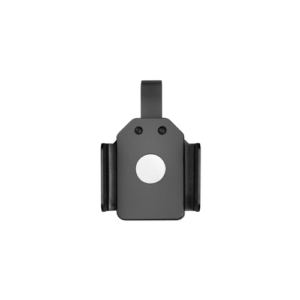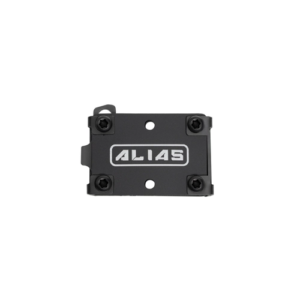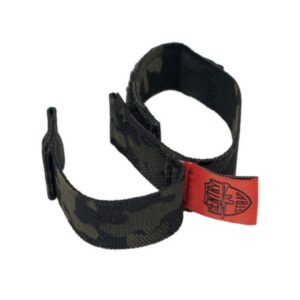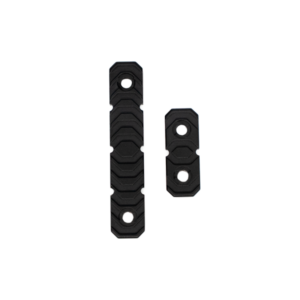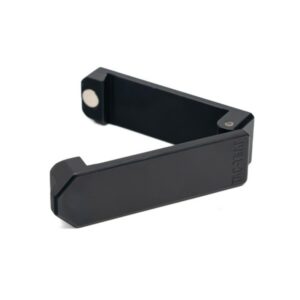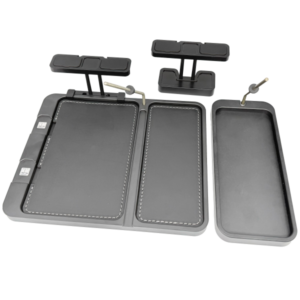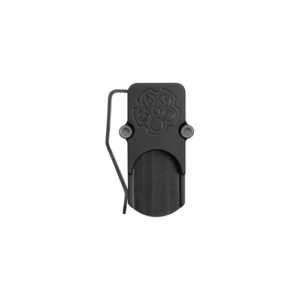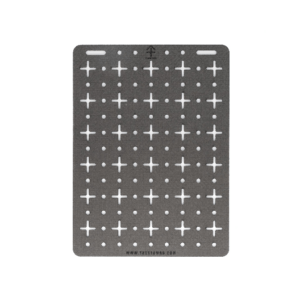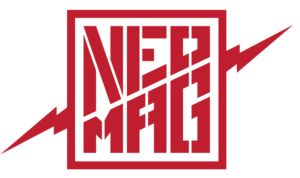In an unpredictable world, having a well-prepared Go Bag can make all the difference regarding your safety and that of your loved ones. Let’s delve into what a Go Bag is and a comprehensive checklist to help keep you prepared for any emergency.
What is a Go Bag?
Sometimes called a “72-hour kit” or “emergency evacuation bag,” a Go Bag is a compact, portable kit for quick grab-and-go situations. It typically contains essential items for short-term survival – usually for up to 72 hours.
These bags are meant for emergencies where you need to leave rapidly, such as natural disasters, evacuations, or immediate threats.
How is a Go Bag different from a Bug Out Bag?
A Bug Out Bag is a more comprehensive survival kit for longer-term use. It includes supplies that can sustain you for an extended period, often up to 7 days or more.
Read The Ultimate Bug Out Bag Checklist for more on Bug Out Bags.
Do I need both a Go Bag and a Bug Out Bag?
Having a Go Bag and a Bug Out Bag prepares you for a wide range of emergencies and ensures you are well-equipped for any situation.
While the Go Bag addresses immediate, short-term needs, the Bug Out Bag covers more prolonged, survival-oriented scenarios.
Here are some situations where each type of bag is most useful:
- Go Bag: This bag is ideal for rapid responses to crises, such as an unexpected evacuation order, a fire, or a severe weather event requiring immediate action.
- Bug Out Bag: This is best for scenarios where you might need to be self-sufficient for extended periods, such as during a major disaster that disrupts infrastructure or when you need to relocate to a safer area for a longer duration.
Your Go Bag Checklist
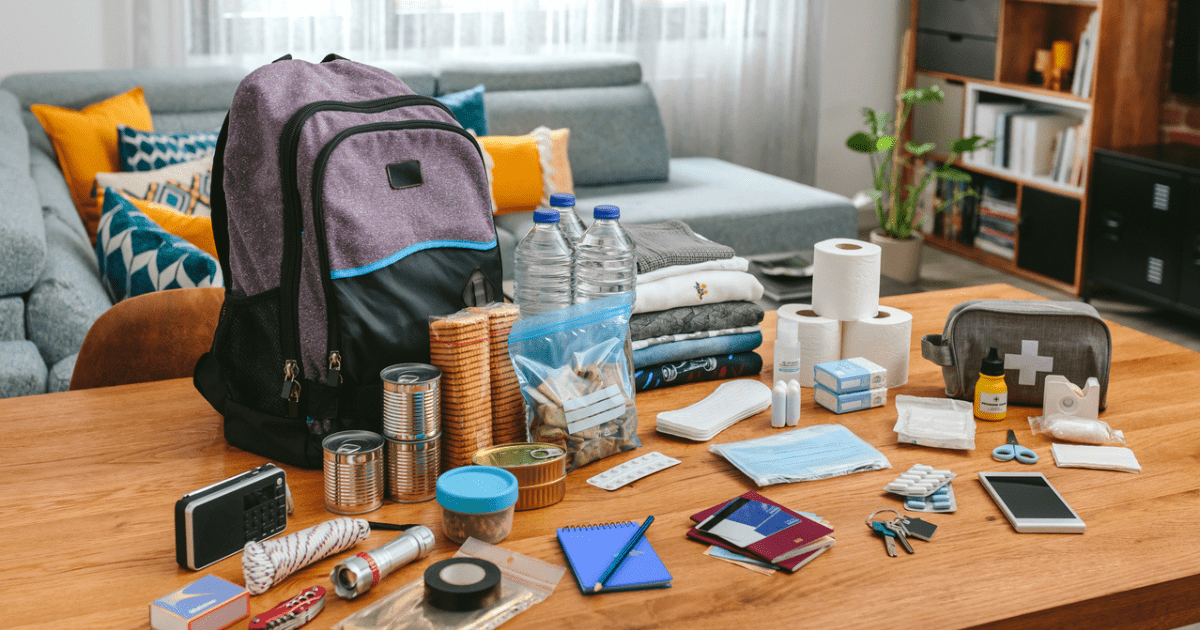
A well-prepared Go Bag allows you and your loved ones to evacuate quickly and efficiently during an emergency.
Here’s a comprehensive checklist to help you pack everything you need.
Basic Needs
Water and Hydration
Ensure you have at least one gallon of water per person per day, enough to last up to 72 hours. To maximize space and portability, consider including:
- Water bottles: Durable, reusable bottles are a must.
- Water purification tablets: These can help make water sources safe to drink.
- Portable water filters: These compact filters can provide clean drinking water in emergencies.
Food and Snacks
Opt for high-energy, nutrient-dense options to keep you fueled. Key items include:
- Energy bars: Packed with calories and nutrients, they’re perfect for quick meals.
- Dried fruits and nuts: These provide essential vitamins, minerals, and fats.
- Canned foods: Choose lightweight, easy-open cans of protein-rich foods like beans, tuna, and chicken.
- MREs (Meals Ready-to-Eat): Military-style rations that require minimal preparation.
Clothing and Footwear
Pack versatile, weather-appropriate items that offer protection and comfort for the region you live in. Consider including:
- Sturdy shoes or boots: Essential for mobility and protection.
- Layers of clothing: Include base layers, mid-layers, and outerwear to adapt to changing weather.
- Extra socks and underwear: Keeping these items dry is important for hygiene and comfort.
- Rain gear: Lightweight rain jackets and ponchos can dry you in wet conditions.
Personal Hygiene Items
Proper personal hygiene is crucial in emergencies to prevent illness and maintain your well-being. Stock your Go Bag with compact, essential hygiene products:
- Travel-sized toiletries: Toothbrush, toothpaste, deodorant, and soap.
- Sanitation wipes: Useful for cleaning hands and surfaces when water is scarce.
- Hand sanitizer: An essential item for disinfecting hands.
- Feminine hygiene products: Necessary supplies for women.
First Aid Kit
A well-stocked first aid kit is important for treating minor injuries and managing health issues until professional help is available. Here’s what you should include:
- Bandages and gauze: Various sizes to cover different types of wounds.
- Antiseptic wipes and ointments: To clean and protect cuts and scrapes.
- Pain relievers: Over-the-counter medications like ibuprofen or acetaminophen.
- Tweezers and scissors: Useful for removing splinters or cutting tape and gauze.
- Personal medications: Ensure you have enough prescription medications for at least three days.
Flashlight and Extra Batteries
In an emergency, reliable lighting is essential for navigating the dark and maintaining safety.
- LED flashlight: Long-lasting and energy-efficient, LED flashlights are ideal for emergencies.
- Extra batteries: Ensure you have enough spare batteries to keep your flashlight operational for an extended period.
- Headlamp: Consider including a headlamp for hands-free lighting, which can be particularly useful when multitasking.
- Tactical light: A tactical light is an alternative to a regular flashlight. It offers high-intensity illumination, can be used for self-defense, is durable, and often features multiple modes like strobe and SOS.
Whistle
A whistle is a simple yet powerful tool for signaling for help or alerting others to your presence.
- Loud and durable: Choose a loud whistle made from durable materials.
- Multipurpose whistles: Some have additional features like built-in compasses or storage compartments.
Multi-tool or Knife
A multi-tool or knife is invaluable in emergencies. It offers multiple functions in a compact form and can assist with numerous tasks, from opening cans to making repairs.
- Multi-tool: Typically includes pliers, screwdrivers, a knife blade, scissors, and other practical tools.
- Folding knife: A high-quality folding knife with a locking blade for safety and versatility.
Personal Documents and Cash
Copies of Identification
Having copies of your identification is important if you need to verify your identity in an emergency. Ensure you have copies of the following:
- Driver’s license or state ID: A primary form of identification that can be used in various situations.
- Passport: Useful for identity verification, especially if you need to cross borders.
- Social security card: Important for proving your legal status and identity.
Insurance Information
Access to your insurance information can expedite claims and help you quickly get the services you need. Include a copy of the following:
- Health insurance cards: Ensure everyone in your family has a copy of their health insurance card.
- Homeowners’ or renters’ insurance policies: Copies of these documents can help you quickly file claims for any property damage.
- Auto insurance cards: Important if you need to drive or your vehicle sustains damage.
Emergency Contacts
A list of emergency contacts ensures you can reach key individuals or services even if your phone dies or network services are down. Compile a list that includes:
- Family and friends: Contact information for family members and close friends.
- Medical contacts: Details for your primary care physician, pediatrician (if applicable), veterinarian (if applicable), and specialists.
- Local emergency services: Numbers for police, fire departments, and hospitals.
Cash and Coins
Electronic payment systems may be down in emergencies, making cash essential for purchasing necessities. Ensure you have:
- Small bills: Carrying small denominations ($1, $5, $10) makes transactions easier when change is scarce.
- Coins: These are useful for payphones or vending machines in areas where card readers might not work.
- Secure storage: Keep your cash in a waterproof container within your Go Bag.
Technology and Communication
Cell Phone and Charger
Your mobile phone is a lifeline in emergencies. It lets you stay connected with loved ones, receive alerts, and access important information. Make sure you include:
- Charger and cables: Pack a reliable charger and any necessary cables to recharge your phone when needed.
Extra Batteries or Power Bank
Extra power sources are essential to keep your devices running during an emergency. Prepare by including:
- Backup batteries: Carry extra batteries for your portable radio and other battery-operated devices.
- Power bank: A high-capacity power bank can recharge your mobile phone and other small electronics multiple times. Look for one with enough power to last several days.
- Solar charger: Consider a portable solar charger as an additional power source.
Portable Radio
A portable radio is important for receiving emergency broadcasts and staying informed when your phone or other communication channels don’t work. Consider the following:
- Battery-powered or hand-crank radio: You can receive news and updates without needing the power grid.
- NOAA weather radio: These radios provide continuous weather updates and emergency alerts directly from the National Oceanic and Atmospheric Administration.
Personal Security
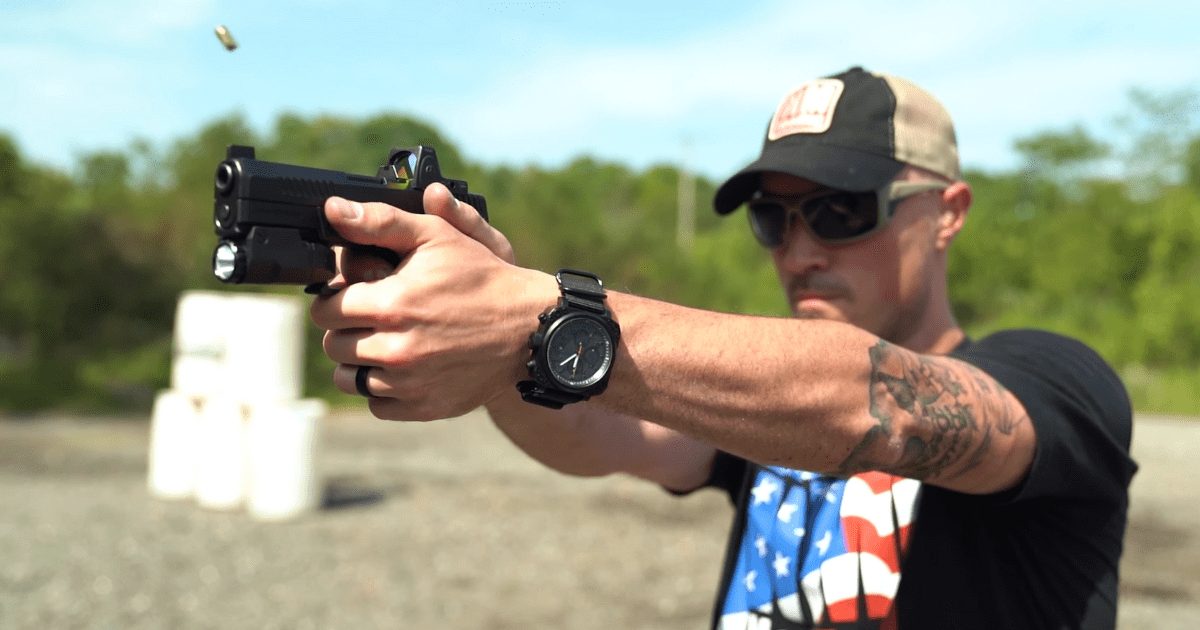
Self-Defense and Security
Your Go Bag should include self-defense and security items to protect yourself and your loved ones.
Personal Protection Items
- Pepper spray: A compact, non-lethal option for self-defense that can incapacitate someone long enough for you to escape.
- Personal alarm: A small, battery-operated device that emits a loud sound to deter attackers and attract attention.
Defensive Tools
- Knife: A versatile tool that can be used for self-defense and other emergency tasks.
- Expandable baton: A compact and concealable option for personal defense that extends to provide a strong impact tool.
Firearms and Accessories
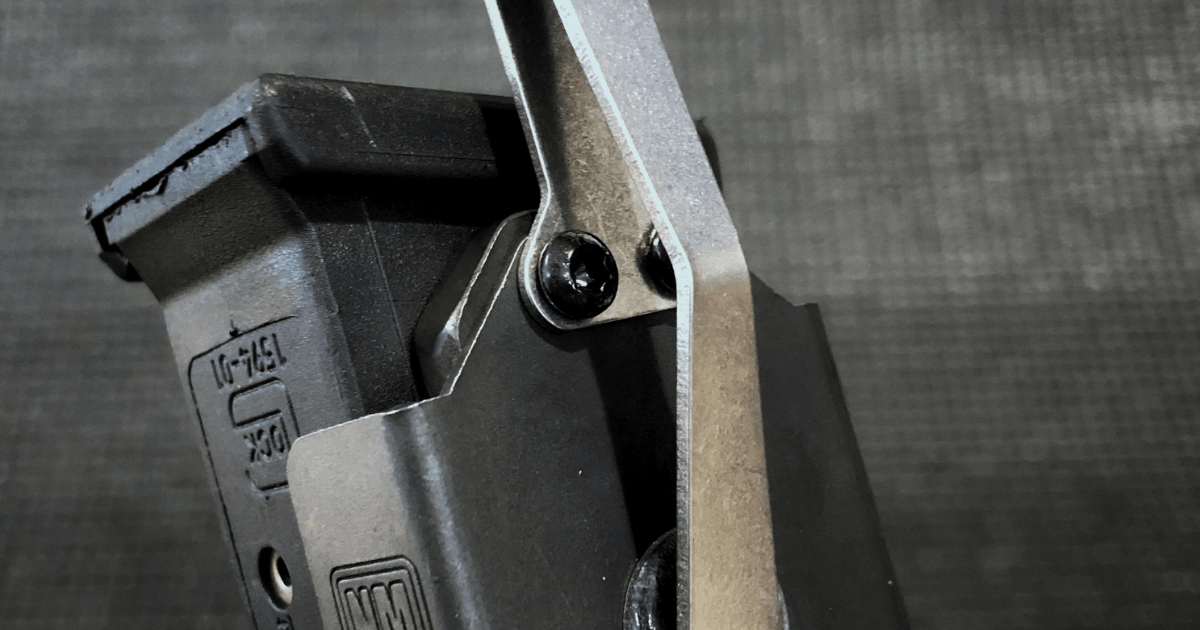
- Handgun: If properly trained, a compact and reliable handgun can be an important part of your Go Bag.
- Ammunition: Carry extra ammunition for your firearm, ensuring it’s stored safely and securely.
- Spare magazine holder: Keeps your spare magazines secure and easily accessible. For instance, the NeoMag is a magnetic pocket magazine holder that keeps your extra magazine right in your pocket.
- Gun holster: To secure your pistol and provide quick access. NeoMag’s Alias Holster System allows you to wear your firearm both inside-the-waistband and outside-the-waistband, giving multiple options for whatever you find most comfortable.
Read What is a Magnetic Magazine Holder? and Getting Started with the Alias System for more information.
Miscellaneous Items
Emergency Blankets
An emergency blanket is a lightweight, compact item that can be lifesaving in various situations. It helps retain body heat and offers protection against the elements. It can also be used as ground cover, a makeshift shelter, or a signal device.
- Thermal blanket: Made from reflective material, these blankets are designed to minimize heat loss.
Fire-Starting Tools
Having the means to start a fire is important for warmth, cooking, and signaling in an emergency. Include multiple fire-starting tools to ensure reliability.
- Waterproof matches: Essential for ignition even in damp conditions.
- Ferro rod and striker: Capable of producing sparks in any weather.
- Lighter: A simple and reliable tool for starting a fire quickly.
Maps and Compass
If GPS technology fails, traditional navigation tools like maps and a compass become indispensable.
- Topographic maps: Detailed maps of your local area and any potential evacuation routes.
- Compass: A reliable compass to help you navigate without electronic aids.
- Map case: A waterproof case to protect your maps from the elements.
Notepad and Pen
Keeping a notepad and pen in your Go Bag allows you to record important information, jot down notes, or leave messages in an emergency.
- Waterproof notepad: Ensures that your notes remain legible even in wet conditions.
- Durable pen: Choose a pen that can write in various conditions, including rain and extreme temperatures.
Customizing Your Go Bag for Specific Emergencies
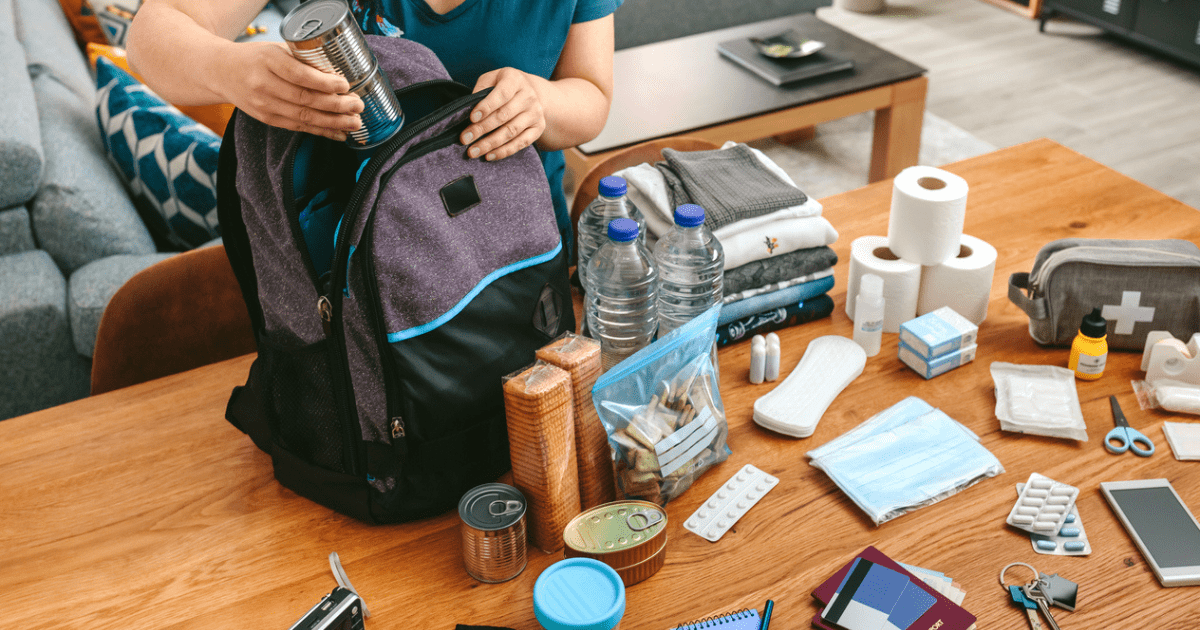
Customizing your Go Bag based on potential scenarios and personal needs can enhance your preparedness and safety.
Natural Disasters
Every natural disaster presents unique challenges, requiring specific items in your Go Bag to address those needs. Here’s how to tailor your Go Bag for different scenarios:
Earthquakes
Earthquakes strike without warning, so it’s vital to have a Go Bag that prepares you for immediate evacuation and potential long-term displacement.
Key items include:
- Sturdy footwear: Protects against debris and broken glass.
- Work gloves: Essential for handling rubble and debris safely.
- Dust mask or N95 respirator: This helps protect your lungs from dust and debris.
- Emergency whistle: Useful for signaling rescuers if you become trapped.
Tornadoes
Tornadoes can cause widespread destruction in minutes. Your Go Bag should be ready for quick evacuation and include items that address the specific aftermath of a tornado.
Consider including:
- Helmet or hard hat: Protects your head from flying debris during a tornado.
- Weather radio: Essential for receiving real-time updates and warnings.
- Heavy-duty clothing: Long sleeves and pants to protect against cuts and scrapes.
- Personal safety gear: Goggles to shield your eyes from dust and debris.
Wildfires
Wildfires spread rapidly and can force immediate evacuations. Your Go Bag should contain items that help you escape quickly and cope with smoke and fire-related hazards.
These items can include:
- Respirator or face mask: Filters out smoke and ash particles.
- Fire-resistant gloves and clothing: Provides extra protection against heat and flames.
- Eye protection: Safety goggles to protect your eyes from smoke and embers.
- Fire blanket: An emergency blanket designed to withstand high temperatures is useful for personal protection and fire suppression.
Personal and Family Needs
Children
Children have unique requirements that must be addressed in your Go Bag.
- Baby supplies: Include diapers, baby wipes, formula, bottles, and baby food.
- Clothing: Pack extra clothing appropriate for the current season.
- Comfort items: A small toy, blanket, or stuffed animal can provide comfort during stressful times.
- Identification information: Copies of birth certificates, recent photos, and identification bracelets.
Pets
Pets also require special consideration to ensure their safety and well-being.
- Pet food and water: Enough for at least three days and collapsible bowls.
- Leash, harness, and carrier: Necessary for safely transporting your pet.
- Pet medications: Any necessary medications, along with detailed instructions.
- Comfort items: A favorite toy or blanket to help reduce stress.
Medical Needs and Prescriptions
Your Go Bag should include items that cater to any medical conditions within your household.
- Personal medications: At least a week’s supply of prescription medications is stored in a waterproof container.
- Medical records: Copies of prescriptions, medical histories, and insurance information.
- Specialized medical equipment: Items like inhalers, glucose meters, or epinephrine injectors.
Tips and Best Practices
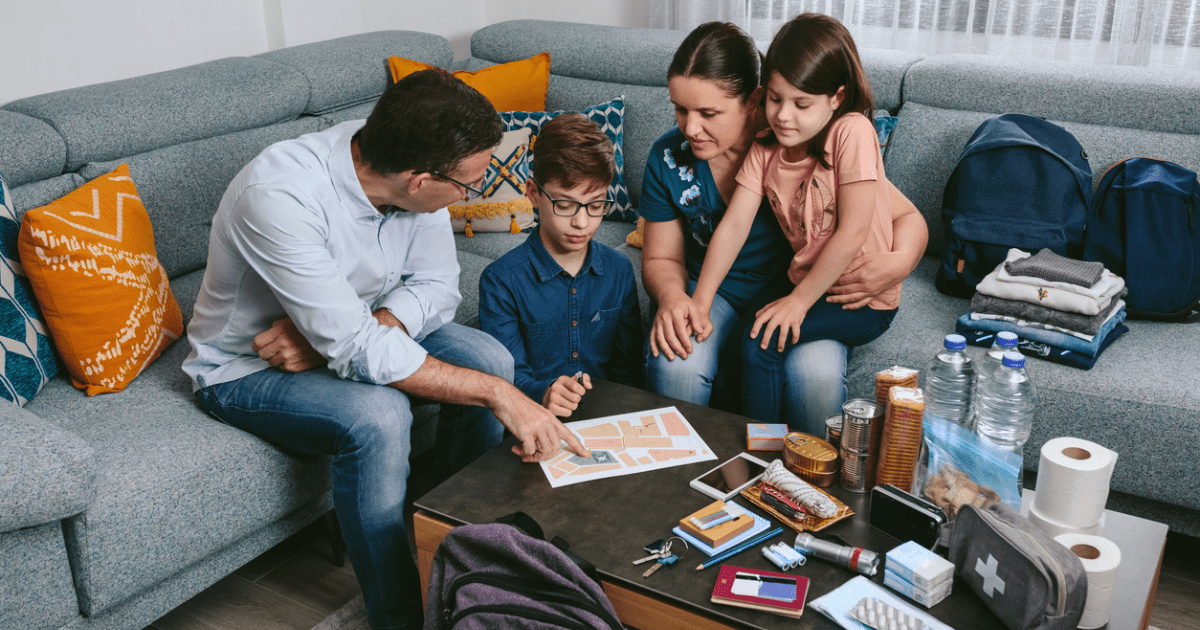
Ensuring your Go Bag is always ready for use requires more than packing it. Regular maintenance and practice are key to emergency preparedness.
Choosing and Packing Your Go Bag
What to Use for a Go Bag
- Backpack: Opt for a durable, high-quality backpack with padded shoulder straps, a chest strap, and a waist belt for comfort. Look for one with multiple compartments to help organize your items.
- Duffel bag: A spacious duffel bag can accommodate bulkier items and is easy to carry with hand and shoulder straps.
- Rolling bag: A rolling bag offers convenience and mobility for those needing to transport heavier items.
- Tactical bags: Consider using a tactical bag with a MOLLE system for attaching additional gear.
How to Pack Your Go Bag
- Prioritize essentials: Place the most critical items, such as first aid supplies, water, and food, at the top or in easily accessible compartments.
- Organize by category: Use different compartments and pockets to separate items by category (e.g., hygiene, food, tools) for quick access.
- Distribute weight evenly: Pack heavier items at the bottom and closer to your back to help maintain balance and reduce strain.
- Use waterproof bags: To protect important documents, electronics, and medications from water damage, store them in waterproof bags.
- Label and inventory: Clearly label each compartment and keep an inventory list to ensure you know what’s in your Go Bag and where it is.
Regularly Updating Your Go Bag
Maintaining the effectiveness of your Go Bag requires regular checks and updates to keep everything in working order and up to date.
Periodic Checks and Updates
- Monthly inspections: Set a monthly reminder to inspect your Go Bag, checking for expired items, wear and tear, and overall readiness.
- Seasonal adjustments: Update your Go Bag contents according to the season. For example, add warm clothing for winter and lighter gear for summer.
- Personal information: Keep current and accurate copies of identification, medical records, and insurance information.
Rotating Food and Water Supplies
- Expiration dates: Check the expiration dates on all food and water supplies regularly. Replace items before they expire to ensure they remain safe to consume.
- Stock rotation: Use older supplies and replace them with new ones, practicing a “first in, first out” method to keep your stockpile fresh and usable.
Training and Preparedness Drills
Being prepared involves more than having a well-stocked Go Bag – it also means knowing how to use it.
Practicing Evacuation and Go Bag Usage
- Evacuation drills: Conduct regular evacuation drills with your family to ensure everyone knows their roles and can evacuate quickly.
- Go Bag familiarity: Practice accessing and using items in your Go Bag to act fast and efficiently in an emergency.
- Scenario simulation: Run through different emergency scenarios for your area (earthquake, tornado, wildfire) to familiarize yourself with the necessary actions.
Family Preparedness Plans
- Communication plan: Establish a clear communication plan with designated meeting points and contact methods for when normal communication channels are down or you’re separated.
- Roles and responsibilities: Assign specific roles to family members, ensuring everyone knows what to do during an emergency.
Your Path to Emergency Preparedness
Stay safe, stay prepared, and take the steps today to build and maintain your go bag. Your future self will thank you!


